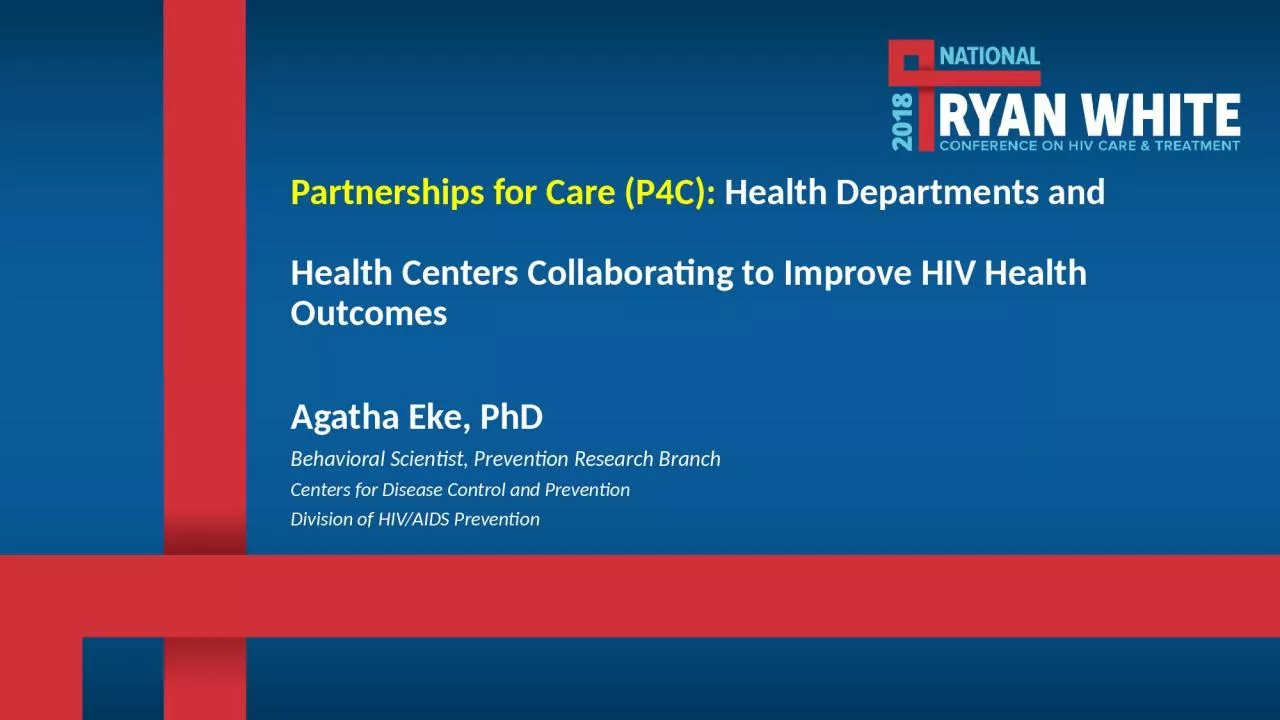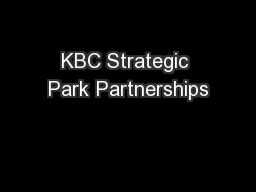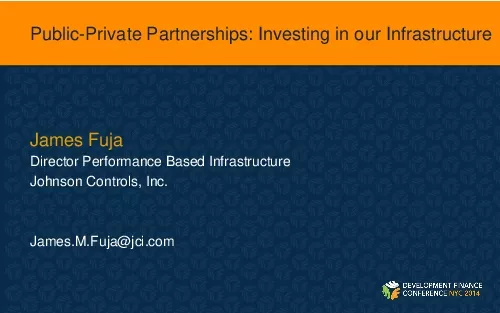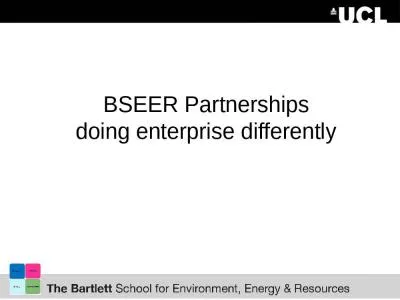PPT-Partnerships for Care (P4C):
Author : bety | Published Date : 2024-01-29
Health Departments and Health Centers Collaborating to Improve HIV Health Outcomes Agatha Eke PhD Behavioral Scientist Prevention Research Branch Centers
Presentation Embed Code
Download Presentation
Download Presentation The PPT/PDF document "Partnerships for Care (P4C):" is the property of its rightful owner. Permission is granted to download and print the materials on this website for personal, non-commercial use only, and to display it on your personal computer provided you do not modify the materials and that you retain all copyright notices contained in the materials. By downloading content from our website, you accept the terms of this agreement.
Partnerships for Care (P4C):: Transcript
Download Rules Of Document
"Partnerships for Care (P4C):"The content belongs to its owner. You may download and print it for personal use, without modification, and keep all copyright notices. By downloading, you agree to these terms.
Related Documents














